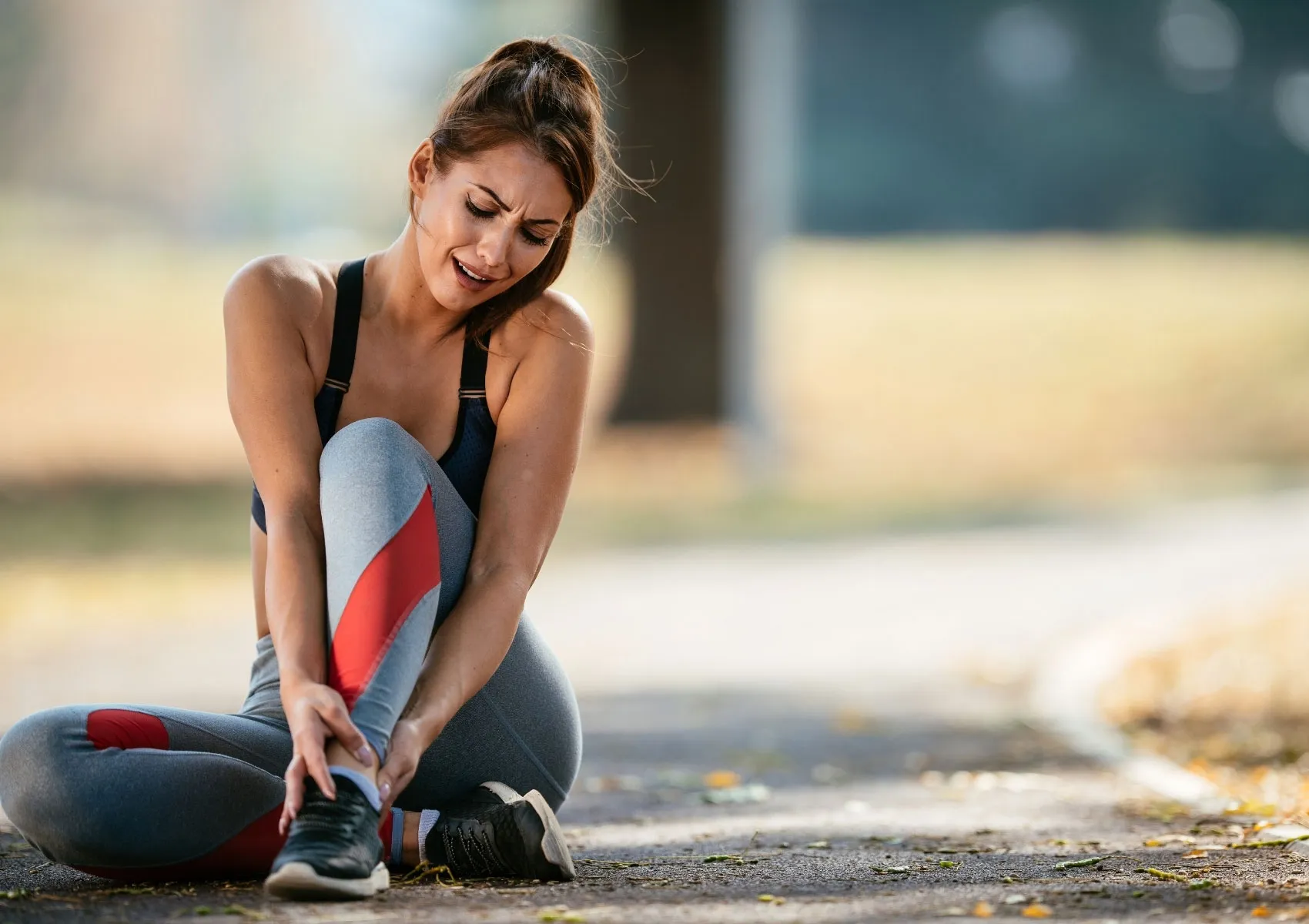How to Respond to Sports Injuries? First Aid for Athletes
The Importance of Early Intervention in Sports Injuries
Injuries sustained during sports—whether due to a sudden impact, twisting, or overuse—can lead to serious complications if not addressed promptly and properly. Muscle strains, ligament tears, or joint trauma require immediate care. The first few hours after injury are critical for minimizing damage and accelerating recovery.
In this article, we cover the most common sports injuries and explain the first aid steps every athlete, coach, or trainer should know.
Most Common Sports Injuries
- Muscle strains and tears
- Ligament injuries (especially in the knee and ankle)
- Meniscal tears
- Tendon injuries (especially Achilles and patellar tendons)
- Bone fractures
- Dislocations and sprains
R.I.C.E Protocol: The Gold Standard for First Aid
The R.I.C.E protocol is the most widely accepted and effective approach in the first 24–72 hours following a sports injury. It stands for:
R – Rest
Stop activity immediately. Protect the injured area and avoid putting any weight on it to prevent further damage.
I – Ice
Apply ice packs to reduce pain and swelling. Use 15–20 minute intervals, several times a day. Always wrap ice in a towel—never apply it directly to the skin.
C – Compression
Use an elastic bandage to lightly compress the area. This helps minimize swelling, but be careful not to wrap it too tightly to avoid circulation problems.
E – Elevation
Keep the injured area elevated above heart level whenever possible. This reduces swelling and promotes lymphatic drainage.
When Should You See a Doctor?
Seek medical attention from an orthopedic specialist if you experience:
- Pain that worsens instead of improving
- Inability to move the joint normally
- Severe swelling or bruising
- Inability to bear weight or walk
- Visible deformity (suggesting a dislocation or fracture)
- No improvement within 72 hours of injury
Common Mistakes in First Aid for Sports Injuries
- Applying heat too soon: Heat can worsen swelling in the early phase.
- Continuing activity despite pain: This can aggravate the injury.
- Applying ice directly to the skin: Risk of frostbite or skin irritation.
- Massaging a swollen area: Can exacerbate internal bleeding and inflammation.
- Incorrect limb positioning: May lead to further misalignment or discomfort.
- Returning to sport too soon without a diagnosis: Can turn a minor injury into a chronic issue.
Role of First Aid in Recovery
Proper immediate care after a sports injury:
- Prevents further tissue damage
- Reduces the likelihood of surgery
- Shortens recovery and rehabilitation time
- Speeds up return to sport
- Minimizes the risk of long-term disability
Every athlete and coach should have a basic understanding of these steps to ensure safe and effective recovery.
FAQ
-
Should ice be applied immediately after injury?
Yes. Applying ice in the first few hours helps reduce swelling and pain significantly.
-
Is it dangerous to keep playing after a sprain?
Yes. Continuing to use an injured joint can worsen the damage and prolong recovery.
-
Should I use heat or ice in the first 48 hours?
Always use ice. Heat can increase inflammation and swelling during the acute phase.
-
How long should I rest after an injury?
It depends on the severity. Always consult a healthcare professional before returning to physical activity.
-
Can I recover at home without medical help?
Minor strains may improve with home care, but ligament tears, fractures, or severe injuries should be evaluated by a specialist.

